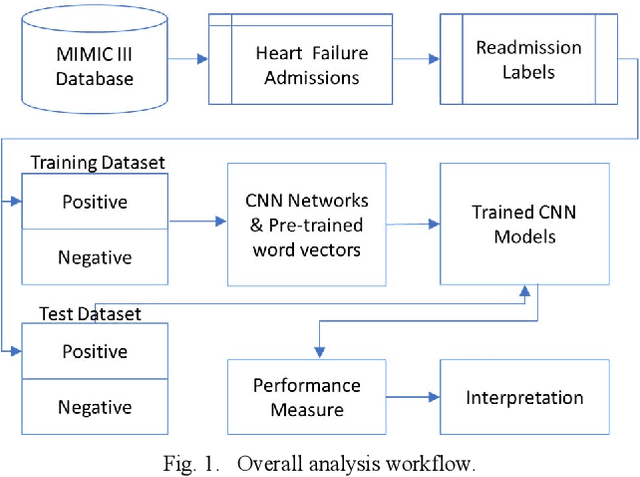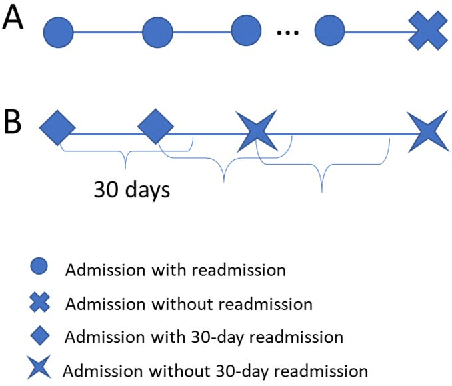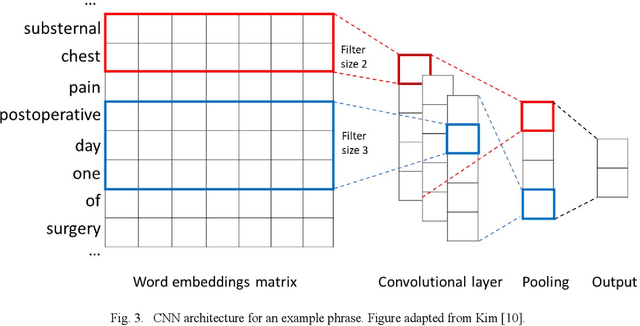Hu Li
Dance of the ADS: Orchestrating Failures through Historically-Informed Scenario Fuzzing
Jul 05, 2024



Abstract:As autonomous driving systems (ADS) advance towards higher levels of autonomy, orchestrating their safety verification becomes increasingly intricate. This paper unveils ScenarioFuzz, a pioneering scenario-based fuzz testing methodology. Designed like a choreographer who understands the past performances, it uncovers vulnerabilities in ADS without the crutch of predefined scenarios. Leveraging map road networks, such as OPENDRIVE, we extract essential data to form a foundational scenario seed corpus. This corpus, enriched with pertinent information, provides the necessary boundaries for fuzz testing in the absence of starting scenarios. Our approach integrates specialized mutators and mutation techniques, combined with a graph neural network model, to predict and filter out high-risk scenario seeds, optimizing the fuzzing process using historical test data. Compared to other methods, our approach reduces the time cost by an average of 60.3%, while the number of error scenarios discovered per unit of time increases by 103%. Furthermore, we propose a self-supervised collision trajectory clustering method, which aids in identifying and summarizing 54 high-risk scenario categories prone to inducing ADS faults. Our experiments have successfully uncovered 58 bugs across six tested systems, emphasizing the critical safety concerns of ADS.
Predicting Heart Failure Readmission from Clinical Notes Using Deep Learning
Dec 21, 2019



Abstract:Heart failure hospitalization is a severe burden on healthcare. How to predict and therefore prevent readmission has been a significant challenge in outcomes research. To address this, we propose a deep learning approach to predict readmission from clinical notes. Unlike conventional methods that use structured data for prediction, we leverage the unstructured clinical notes to train deep learning models based on convolutional neural networks (CNN). We then use the trained models to classify and predict potentially high-risk admissions/patients. For evaluation, we trained CNNs using the discharge summary notes in the MIMIC III database. We also trained regular machine learning models based on random forest using the same datasets. The result shows that deep learning models outperform the regular models in prediction tasks. CNN method achieves a F1 score of 0.756 in general readmission prediction and 0.733 in 30-day readmission prediction, while random forest only achieves a F1 score of 0.674 and 0.656 respectively. We also propose a chi-square test based method to interpret key features associated with deep learning predicted readmissions. It reveals clinical insights about readmission embedded in the clinical notes. Collectively, our method can make the human evaluation process more efficient and potentially facilitate the reduction of readmission rates.
* IEEE BIBM 2019
 Add to Chrome
Add to Chrome Add to Firefox
Add to Firefox Add to Edge
Add to Edge